-
Posts
832 -
Joined
-
Last visited
Content Type
Profiles
Forums
Events
Gallery
Posts posted by Plastheniker
-
-
Hi,
originally Henschel was one of the oldest and largest German locomotive manufacturers.
Due to the economic crisis after the end of WW1 the demand for locomotives dropped to zero, so Henschel had to look for further business activities.
As a result Henschel started producing trucks in 1925 - late by comparison, but very soon Henschel trucks gained a very high reputation.
During WW2 Henschel became one of the leading German arms factories. F. e. Henschel designed and solely manufactured both Tiger tanks I and II and a rather effective video guided RC smart bomb; a few advanced jet plane prototypes did not go into production before the end of the war.
Thus a permanent target for allied bombing all Henschel factories were completely destroyed. Nevertheless Henschel managed to resume the production of heavy-duty trucks in 1949.
While gradually other German truck manufacturers dropped behind in terms of quality Henschel matched up to Mercedes. Finally, however, Henschel was too small to survive as a truck manufacturer. A merger with Hanomag in 1969 did not help, Mercedes bought Hanomag-Henschel and soon after the name Henschel disappeared from the truck market.
One of the most successful Henschel truck series were lightweight short hood 6x4 and 6x6 trucks, particularly adapted e. g. for dumpers and concrete mixers. This series made Henschel dominate the German market for concrete mixer trucks. The final concrete mixer chassis of this series was the 1962 HS 22 HBM.
Most German mixer chassis were equipped with Stetter mixers.
Driving a mixer drum requires appr. 60 HP, so if truck engines, as mostly in those days, had not enough power separate engines for the mixer were necessary.
My scratch build replicates such a combination as shown f. e. on this historic picture:
As with my other scratch built trucks already shown here my sacrifice of time was appr. 1000 hours.
Sadly most chassis details are no longer visible after the final assembly.
-
 5
5
-
-
Very realistic workhorse!
-
 1
1
-
-
Perfect tractor/trailer combo!
-
Very unusual and interesting subject, geat model!
-
Beautiful, super clean build! Particularly the colour combination is spot-on.
-
Very impressive build with great details!
-
Very clean work, particularly beautiful paint scheme!
IMO the Astro/Titan is the most attractive AMT kit.
-
Thanks once again!
If not already said clearly enough much of the final result is due to the outstanding Revell/Monogram kit which supplies excellent quality at very a reasonable price.
-
Beautiful, clean work, very realistic!
-
Simply one of the best models ever shown in this forum. Fantastic work!
-
Thanks for the latest replies!
My next model shown here will be a fully scratch built model of t h e ubiquitous German concrete mixer of the 50s/60s.
-
As always your colour choice is spot-on!
-
Modelers knowing the used Monogram/Revell pickup kit might ask themselves why my tractor is a 1939 model though Monogram/Revell say on the kit box and in the instruction sheet that the barrel nose version is a 1938 model.
1938, however, is not correct. The kit grille is clearly the grille of a 1939 model.
As a result the windscreen of my model is not opened by a crank on top of the dashboard (correct only for 1938) as replicated in the kit but by a knob.
-
These extremely cubic Dodges look really odd, I have a sleeper version still in my stash. Such an unusual COE and your unusual dumper go together really well!
-
Very impressive model, beautiful execution!
-
Thanks for the latest replies!
Probably it is known that Barrel Nose Ford trucks were built in numerous countries.
Most(?) of them were built by Ford Germany and delivered to the German Army.
German-built Fords can be identified by a non-devided windscreen.
Many of them were built as halftracks ("Maultier") particularly for the eastern front.
It is amazing that two American truck designs, namely the Barrel Nose Fords and the Opel Blitz, were the backbone of German supplies in WW2.
-
Excellent work very well preserved!
-
 1
1
-
-
-
Hi, standing side by side in a display cabinet big rigs and medium trucks make an interesting contrast.
The modeling industry, however, offers nothing except the kit of the not very attractive Opel Blitz, the aged kit of the C-600 and the ancient kit of the L-700. Instead of scratch building a complete model it saves some effort using a converted pick-up cab.
Some time ago I showed a 1948 Ford F-8 and a 1955 Ford F-800, so this is my third of these conversions.
This time I used the cab of the excellent Monogram Ford V-8 pick-up partially.
Grille and interior remained unmodified, but the lower edges of the cab had to be lengthened and the bonnet had to be modified for the much bigger fenders.
The rest, i. e. the complete chassis including the smallish wheels, the oddly shaped fenders and the running boards were scratch built.
So was the complete contemporary tank trailer.
Among the numerous oil company liveries of the late thirties I found the Richfield livery most attractive.
-
 3
3
-
-
Unusual model, excellent work!
-
Nice work, this is what workhorses look like!
-
Super clean work, top notch pictures, excellent!
-
Thanks for all replies!
Another old Italeri kit, their Chrysler Imperial Phaeton, is waiting in my stash, obviously with similar issues.
One day ... definitely ...
-
Beautiful model, good colour choice!






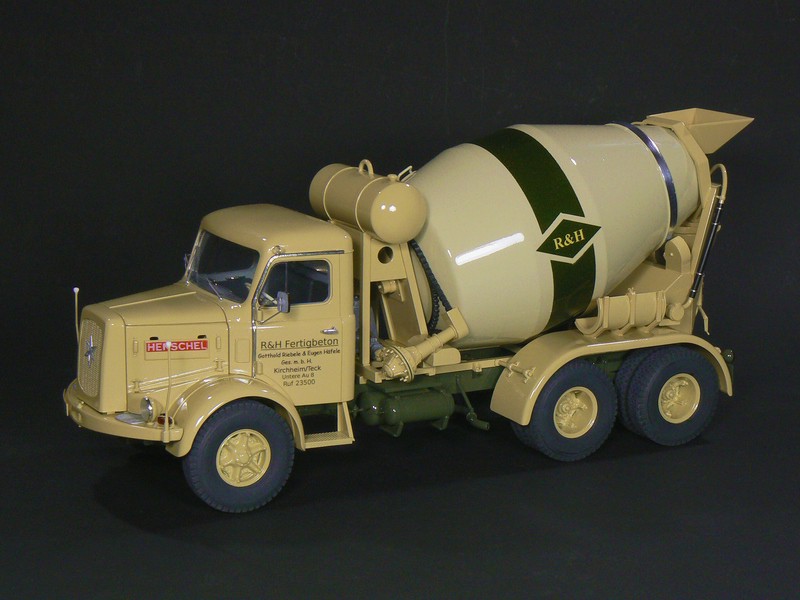



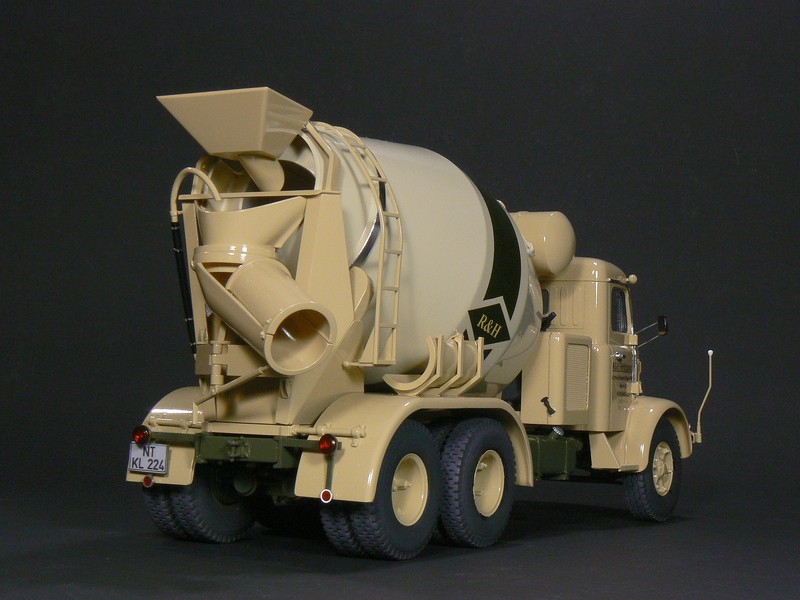
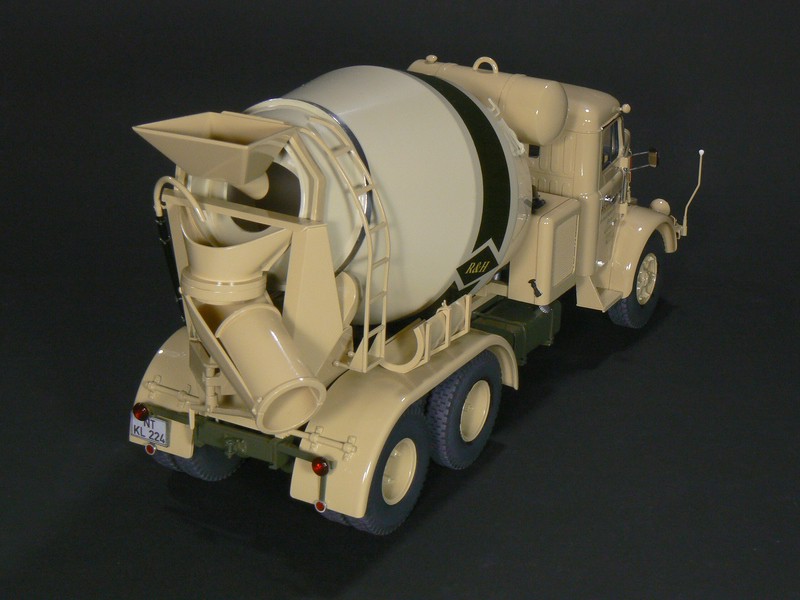


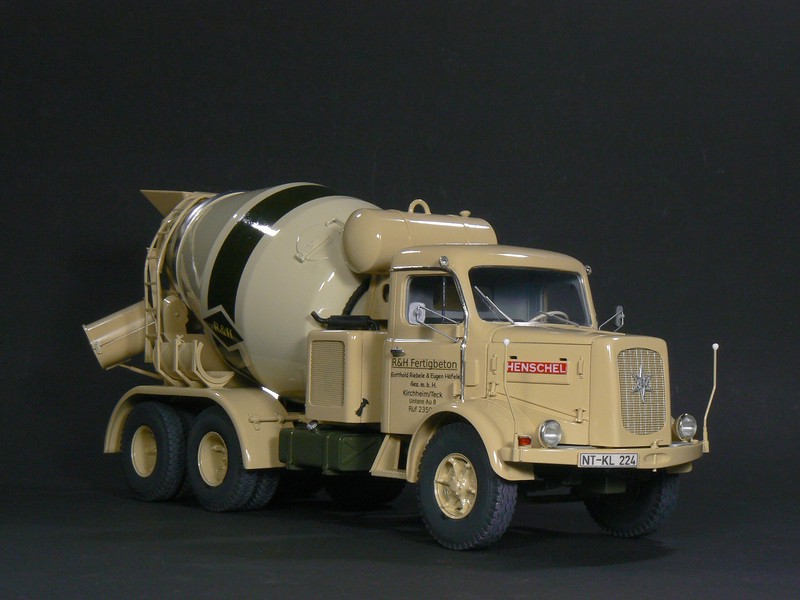
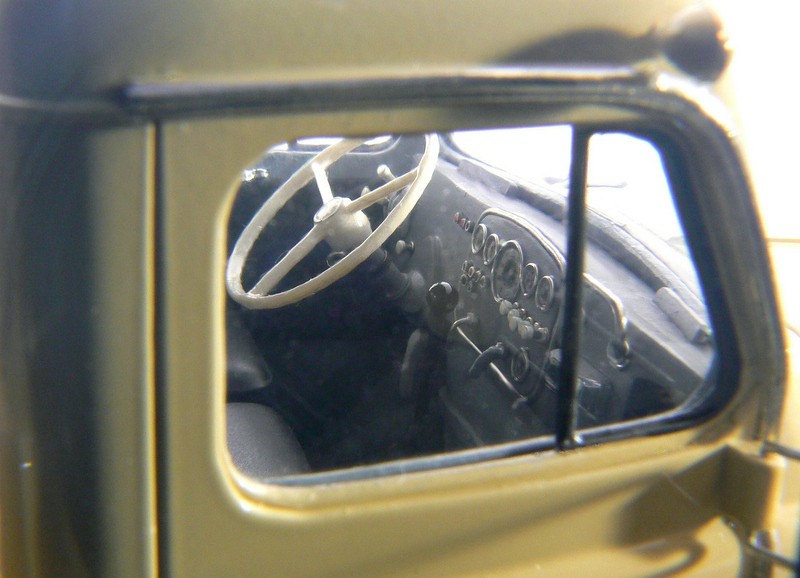



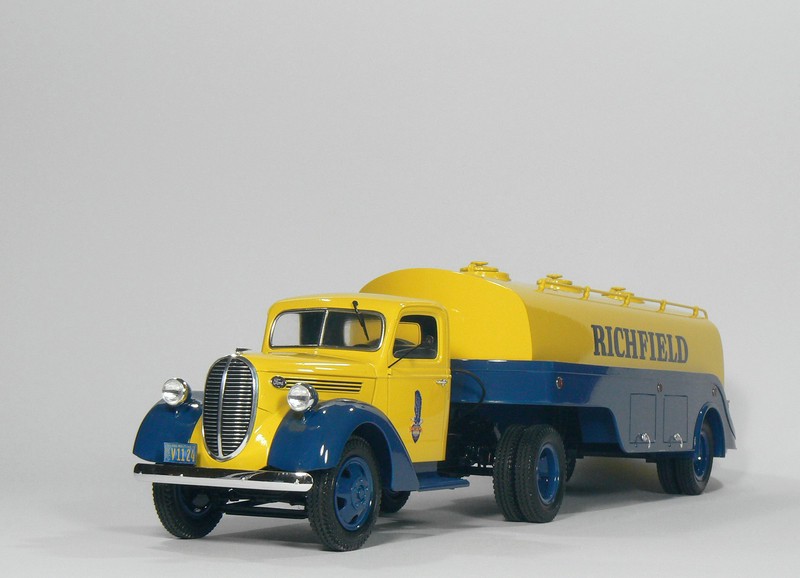
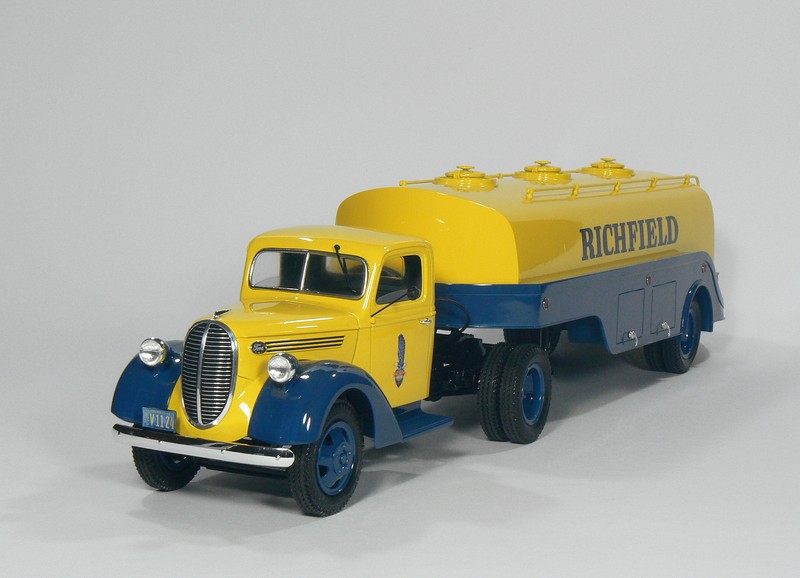
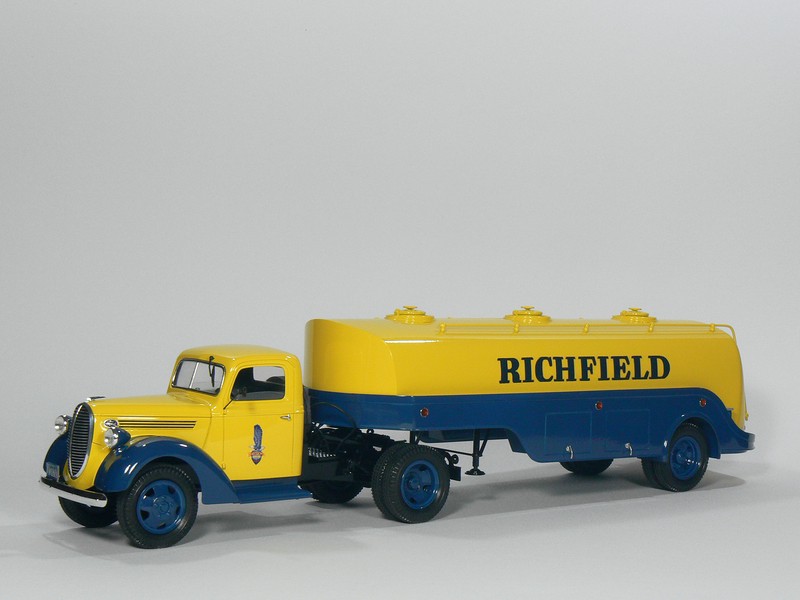
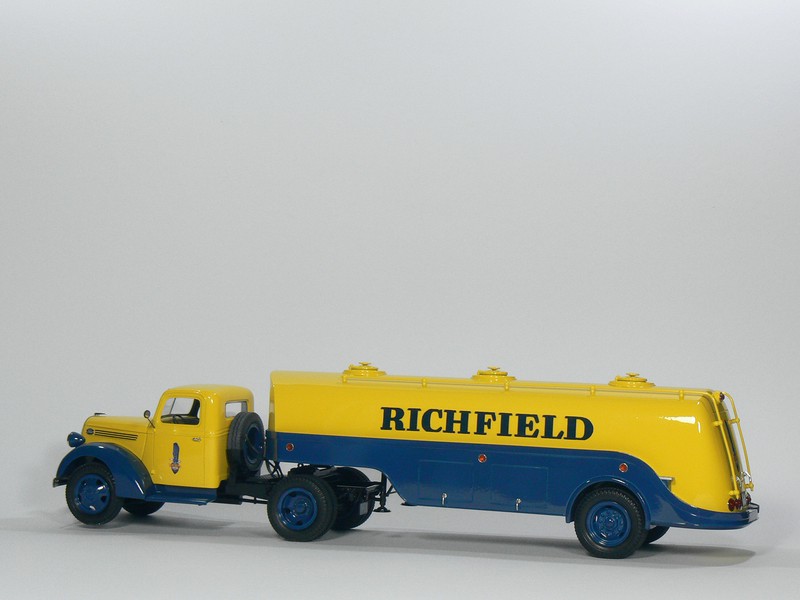
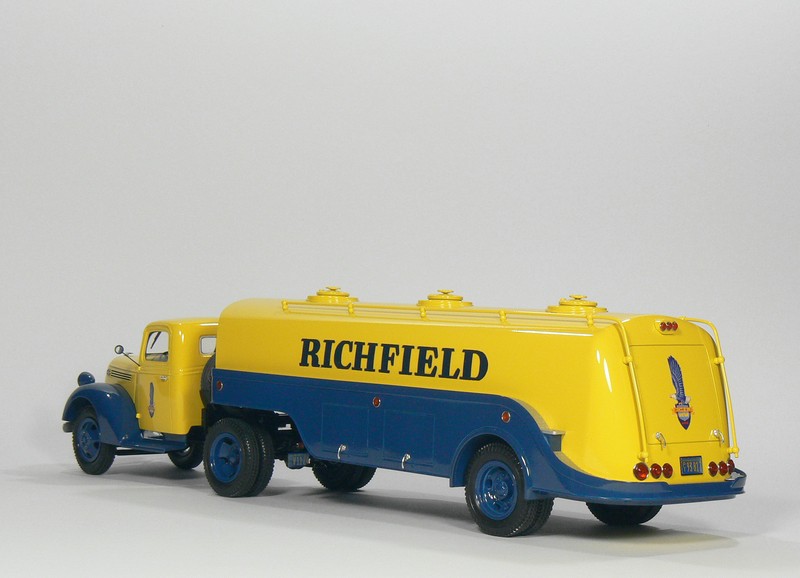
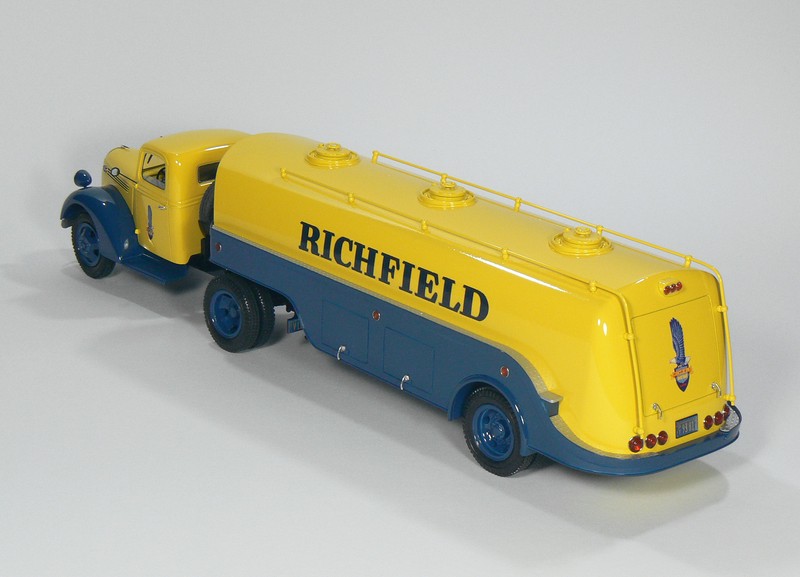
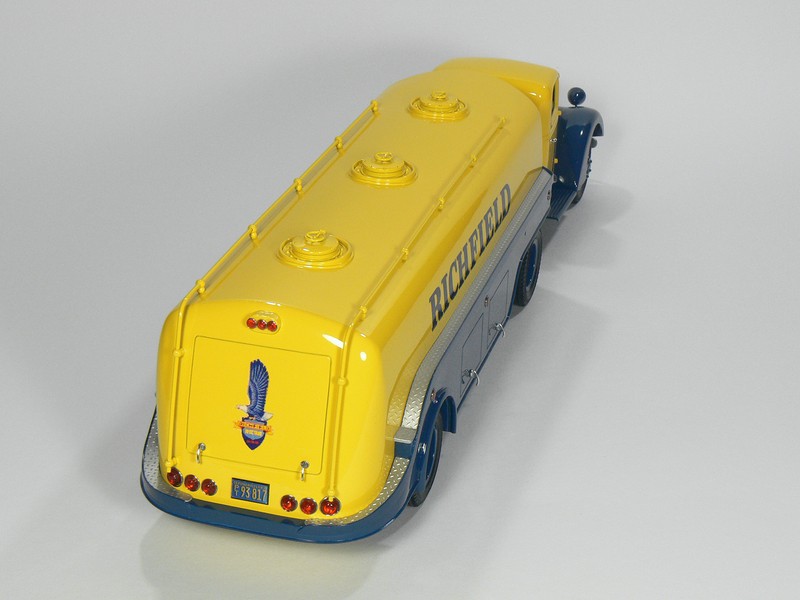
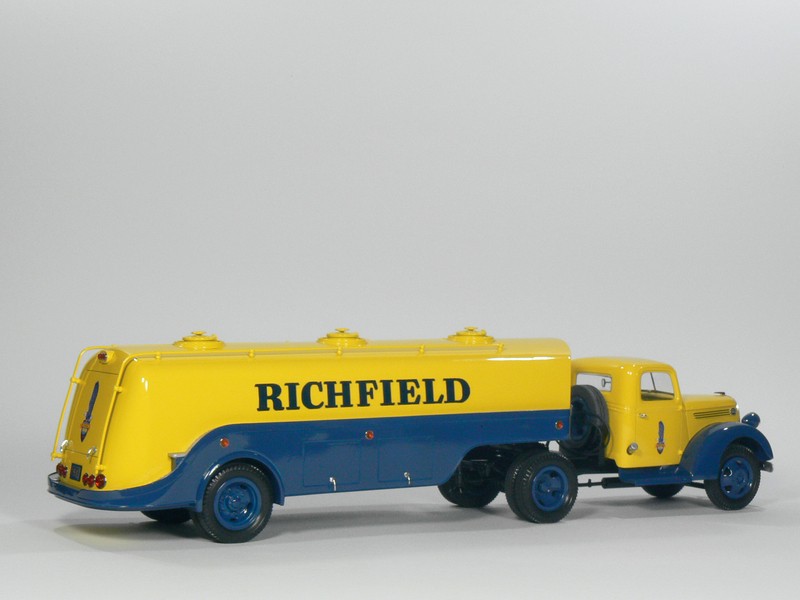
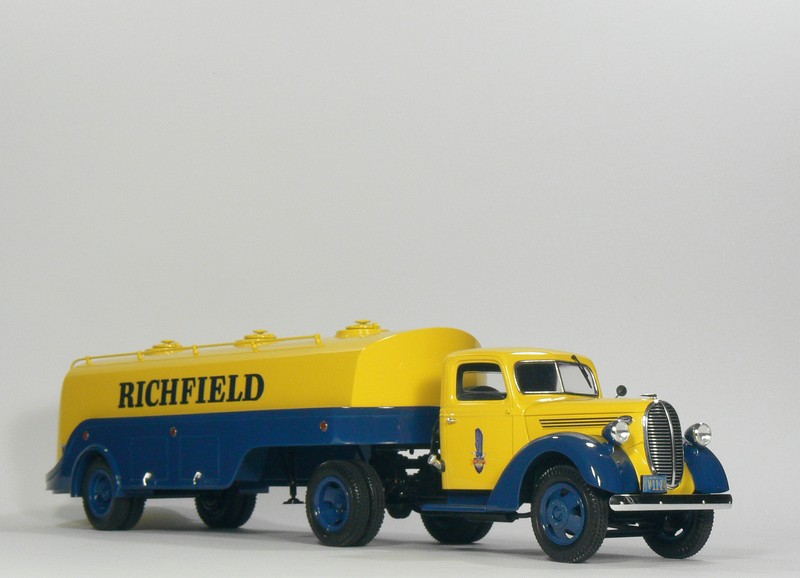
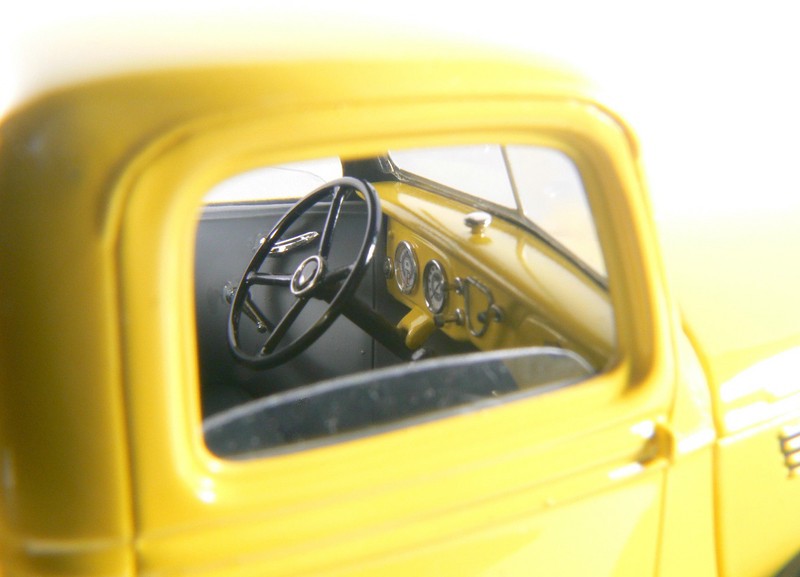
Scratch Built 1962 Henschel HS 22 HBM Concrete Mixer with Separate Engine
in Model Trucks: Big Rigs and Heavy Equipment
Posted
Thanks for the replies!
Since response for my scratch builds declined here steeply during the past years I will consequently confine myself to the German Modell-Laster-Forum and the British 1:24th Scale Model Truck Forum - a good occasion to recommend these outstanding forums once again.
Nevertheless I would show any further AITM cabs still here, and anyhow I will continue to post in the car section occasionally.